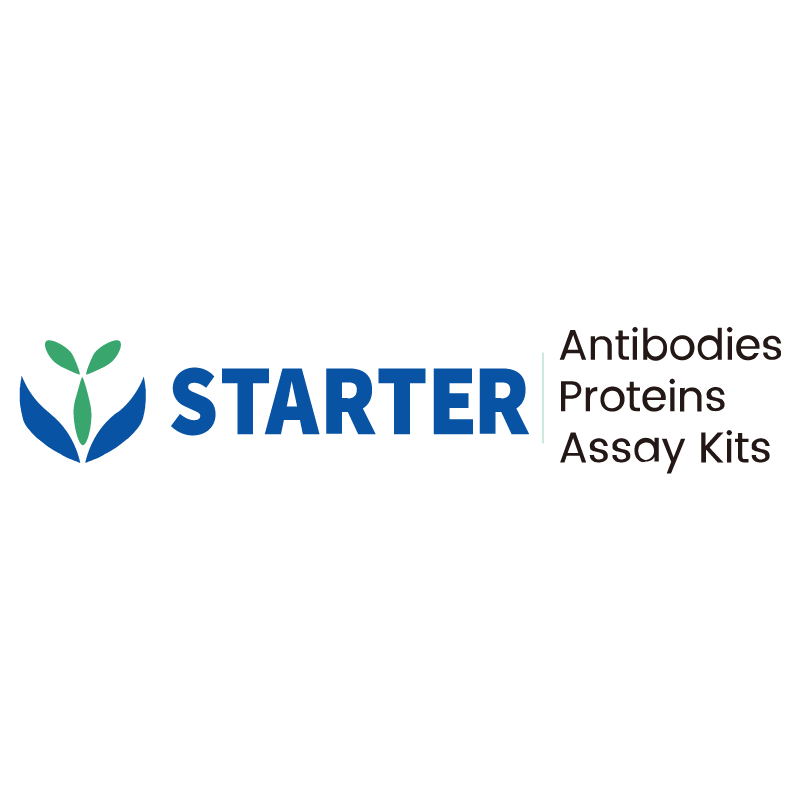Flow cytometric analysis of CD61 expression on C57BL/6 mouse bone marrow. C57BL/6 mouse bone marrow cells were stained with Alexa Fluor® 488 Rat Anti-Mouse TER-119/Erythroid Cells Antibody (S0B5893) and either PE Armenian hamster IgG Isotype Control (Left panel) or SDT PE Armenian hamster Anti-Mouse/Rat CD61 Antibody (Right panel) at 5 μl/test. Total viable cells, as determined by Fixable Viability Dye 452 (S0D0021), were used for analysis. Flow cytometry and data analysis were performed using BD FACSymphony™ A1 and FlowJo™ software.
Product Details
Product Details
Product Specification
| Host | Armenian hamster |
| Antigen | CD61 |
| Synonyms | Integrin beta-3; Platelet membrane glycoprotein IIIa (GPIIIa); Itgb3 |
| Location | Cell membrane, Synapse |
| Accession | O54890 |
| Clone Number | S-R656 |
| Antibody Type | Recombinant mAb |
| Isotype | IgG |
| Application | FCM |
| Reactivity | Ms, Rt |
| Positive Sample | C57BL/6 mouse bone marrow |
| Purification | Protein G |
| Concentration | 0.2 mg/ml |
| Conjugation | PE |
| Physical Appearance | Liquid |
| Storage Buffer | PBS, 1% BSA, 0.3% Proclin 300 |
| Stability & Storage | 12 months from date of receipt / reconstitution, 2 to 8 °C as supplied |
Dilution
| application | dilution | species |
| FCM | 5μl per million cells in 100μl volume | Ms, Rt |
Background
CD61, also known as integrin β3, is a 90-92 kDa type I transmembrane glycoprotein that dimerizes with integrin αIIb (CD41) to form the platelet fibrinogen receptor GPIIb/IIIa or with integrin αV (CD51) to form the vitronectin receptor, and plays a pivotal role in platelet aggregation, clot retraction, angiogenesis, and the adhesion and migration of osteoclasts, smooth muscle cells and tumor cells via recognition of RGD motifs in ligands such as fibrinogen, fibronectin, von Willebrand factor, vitronectin and thrombospondin.
Picture
Picture
FC


